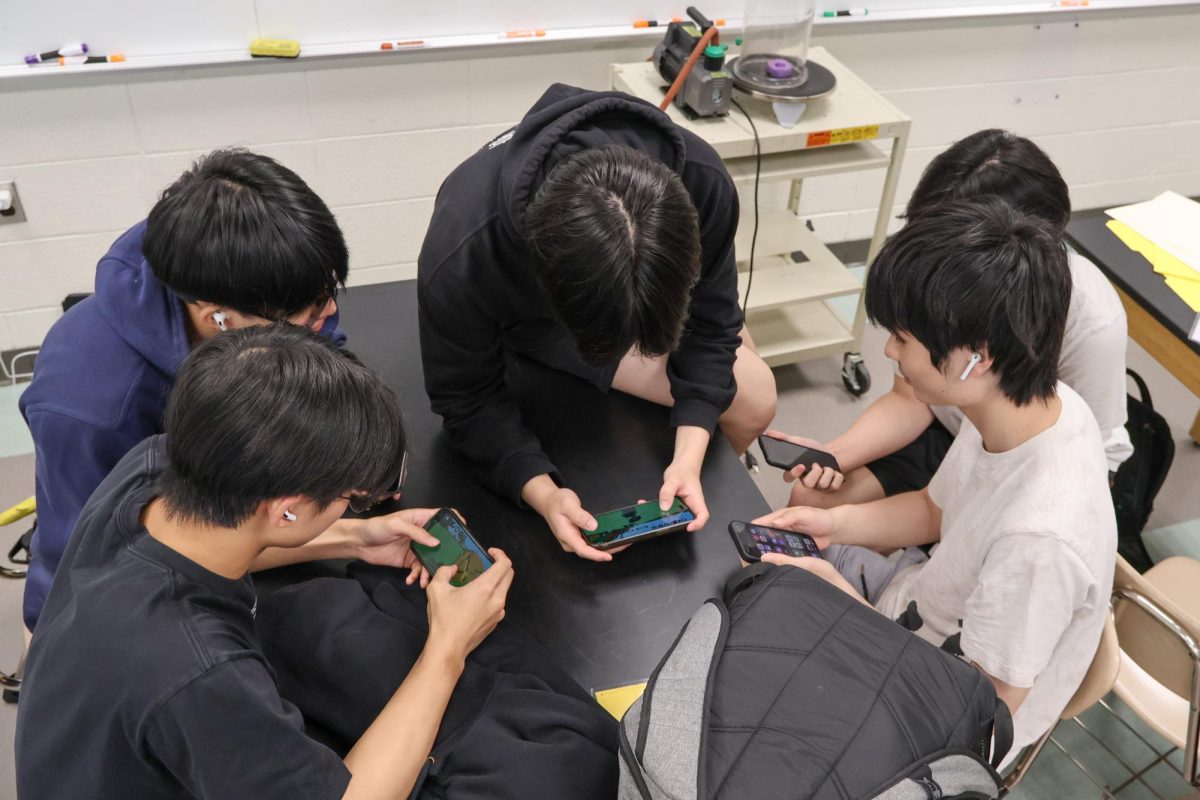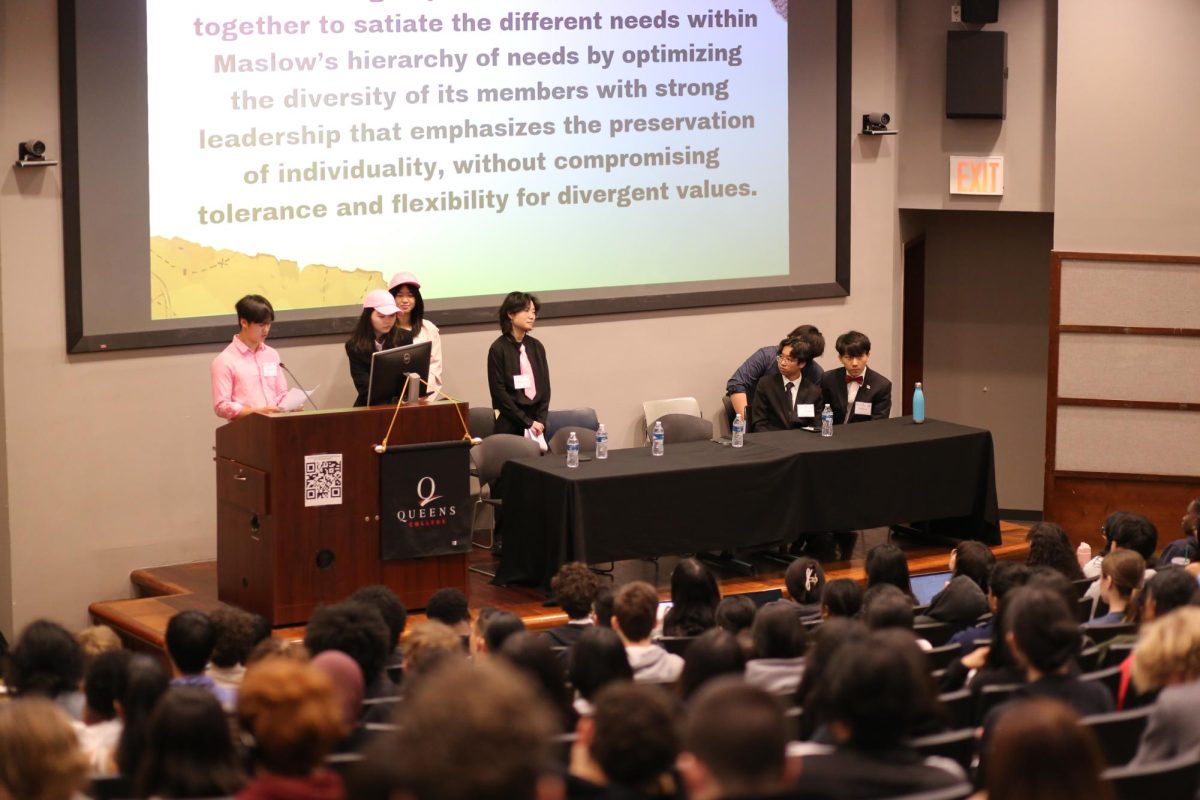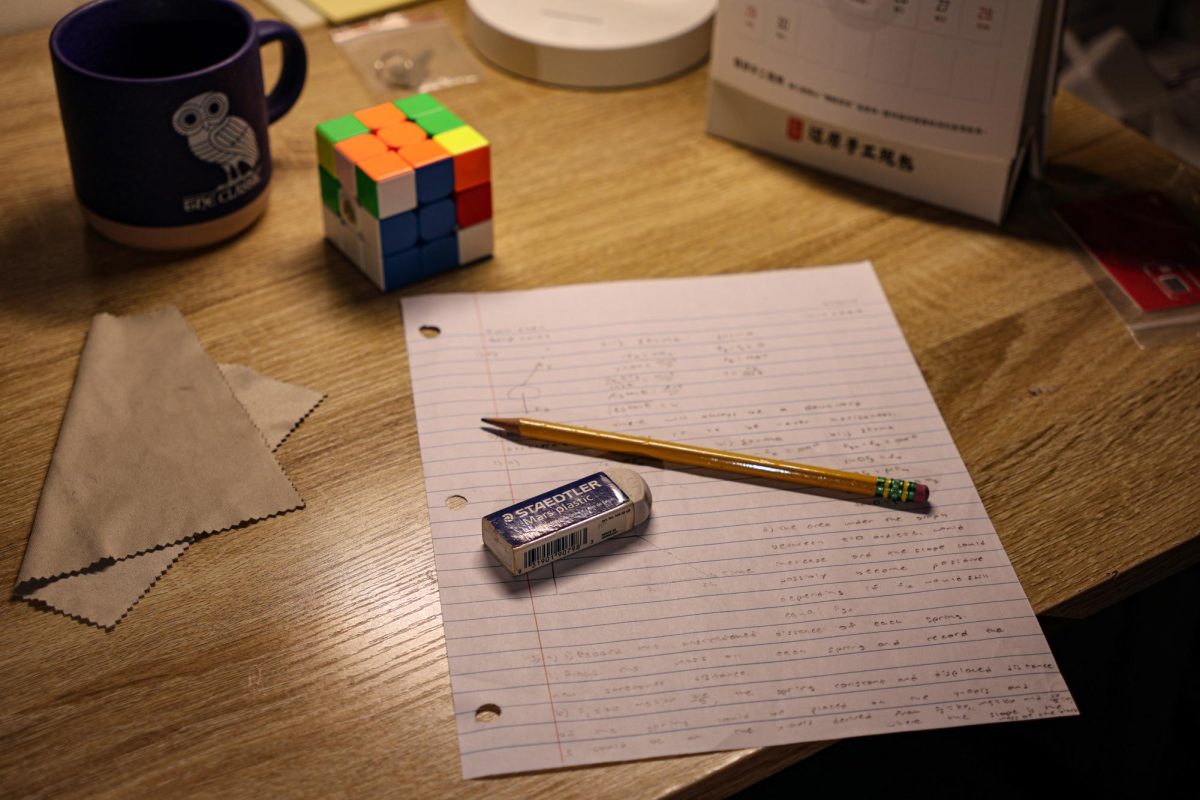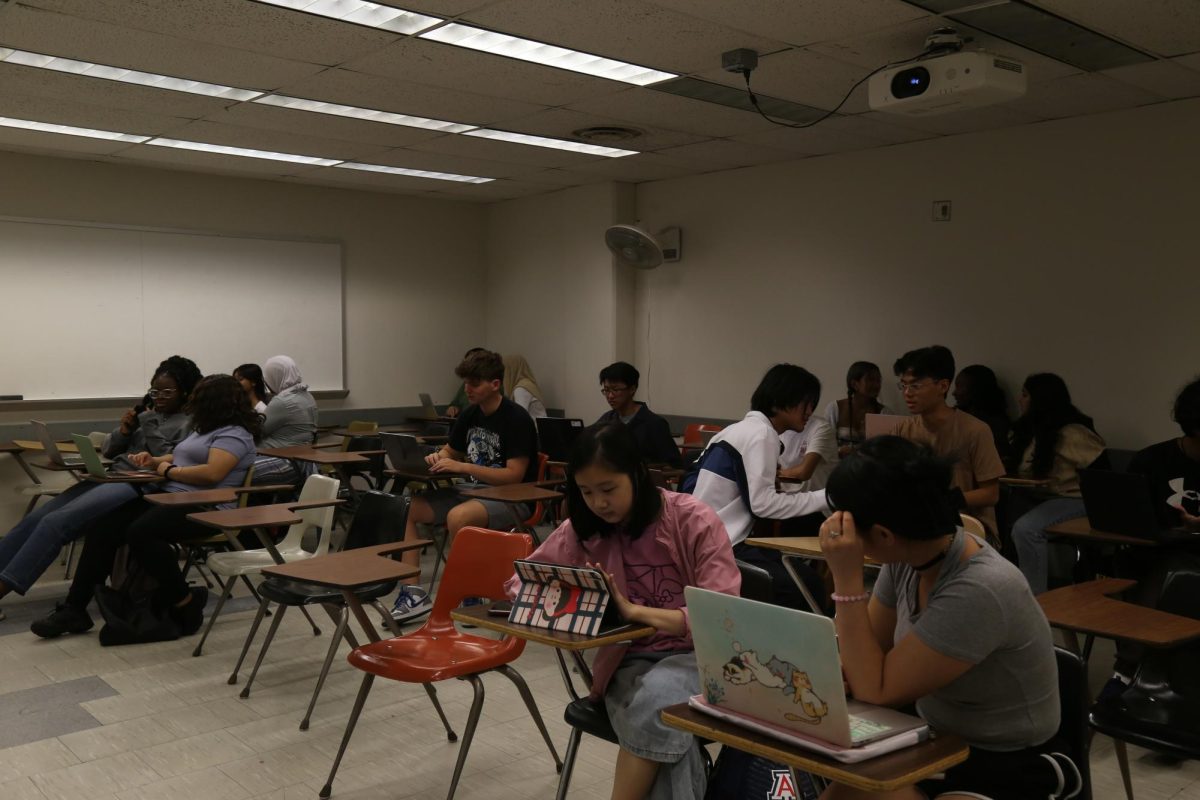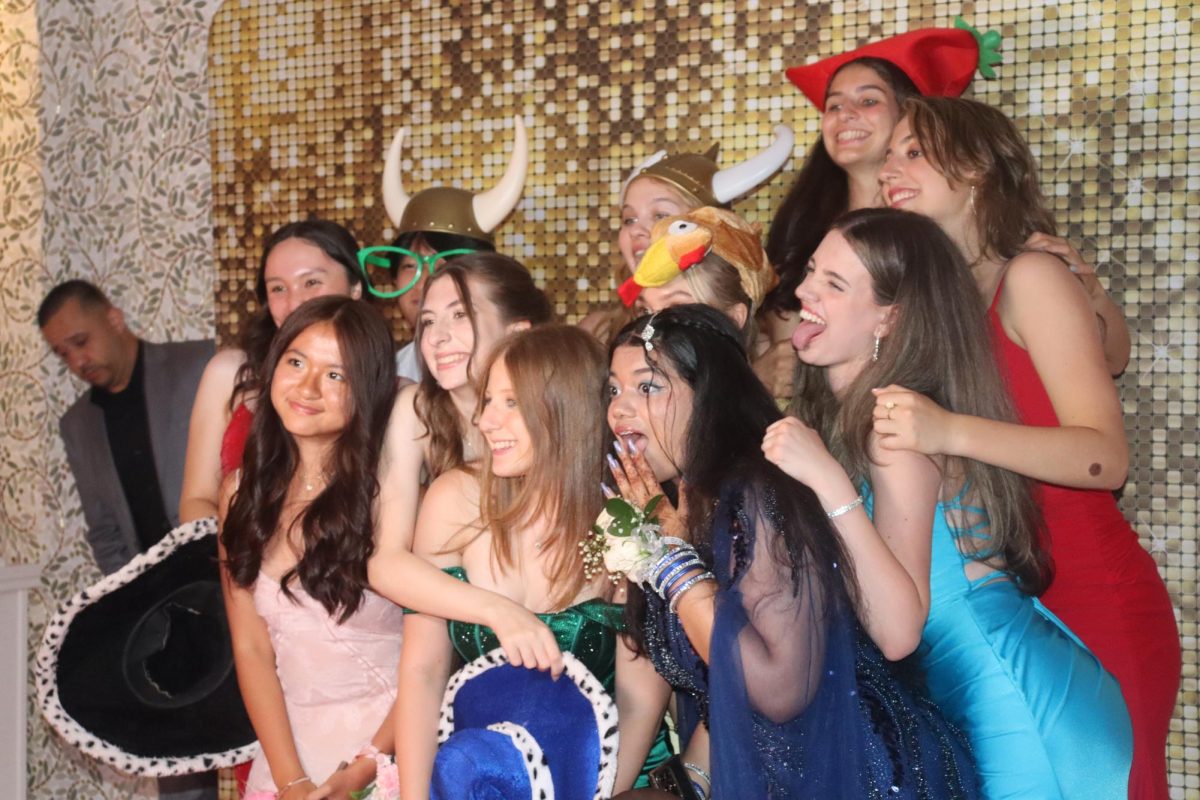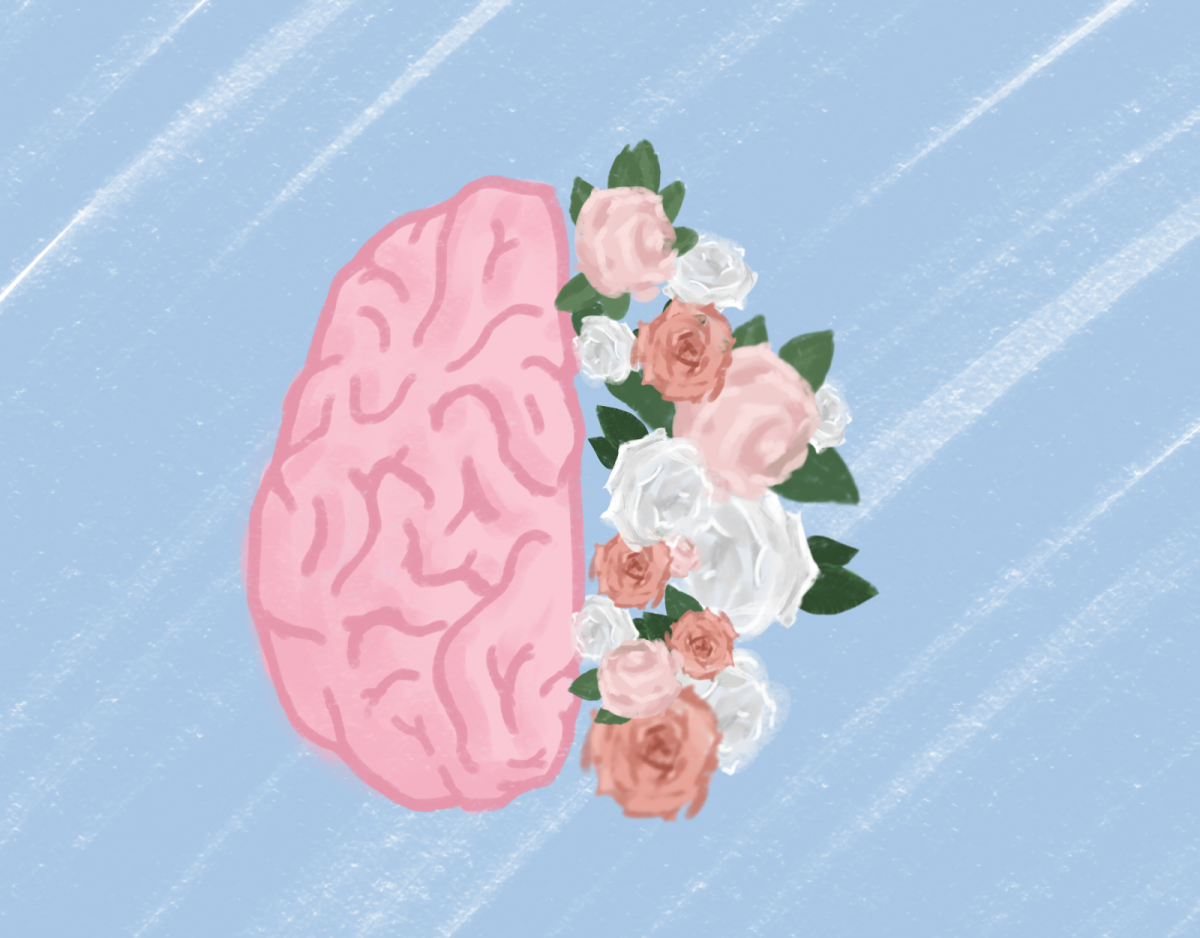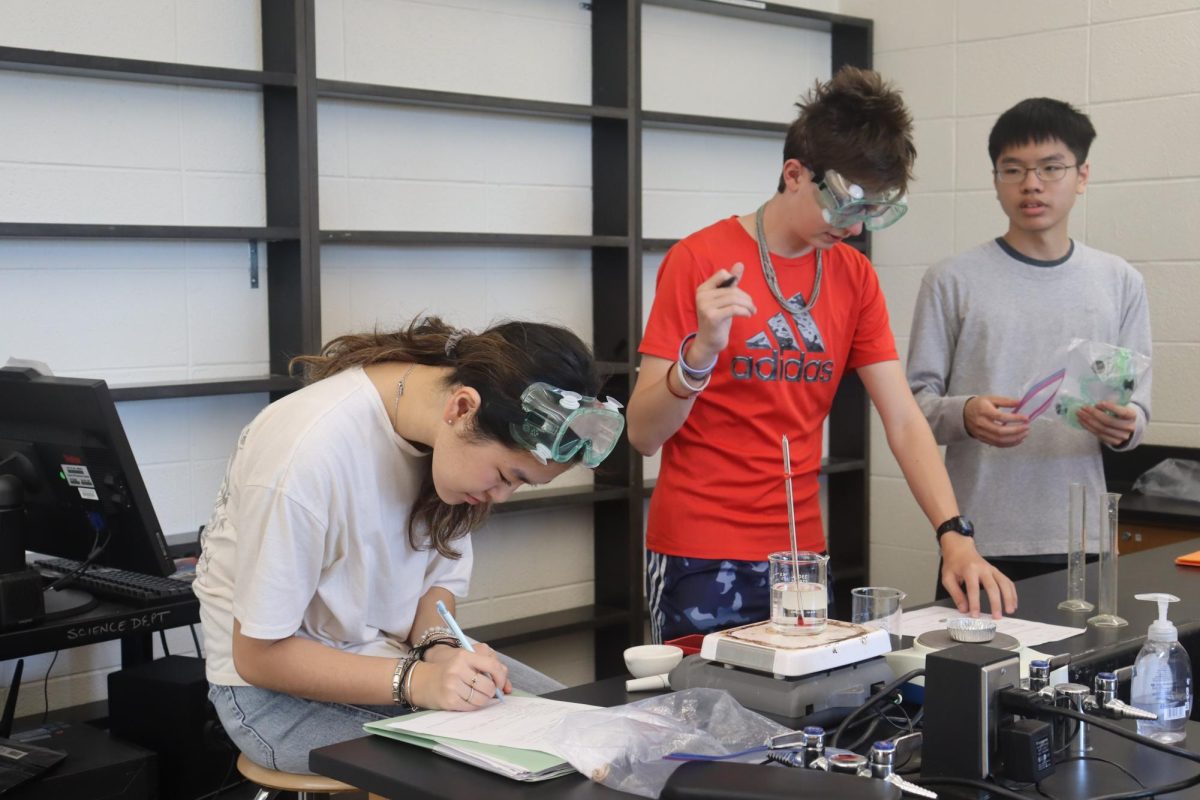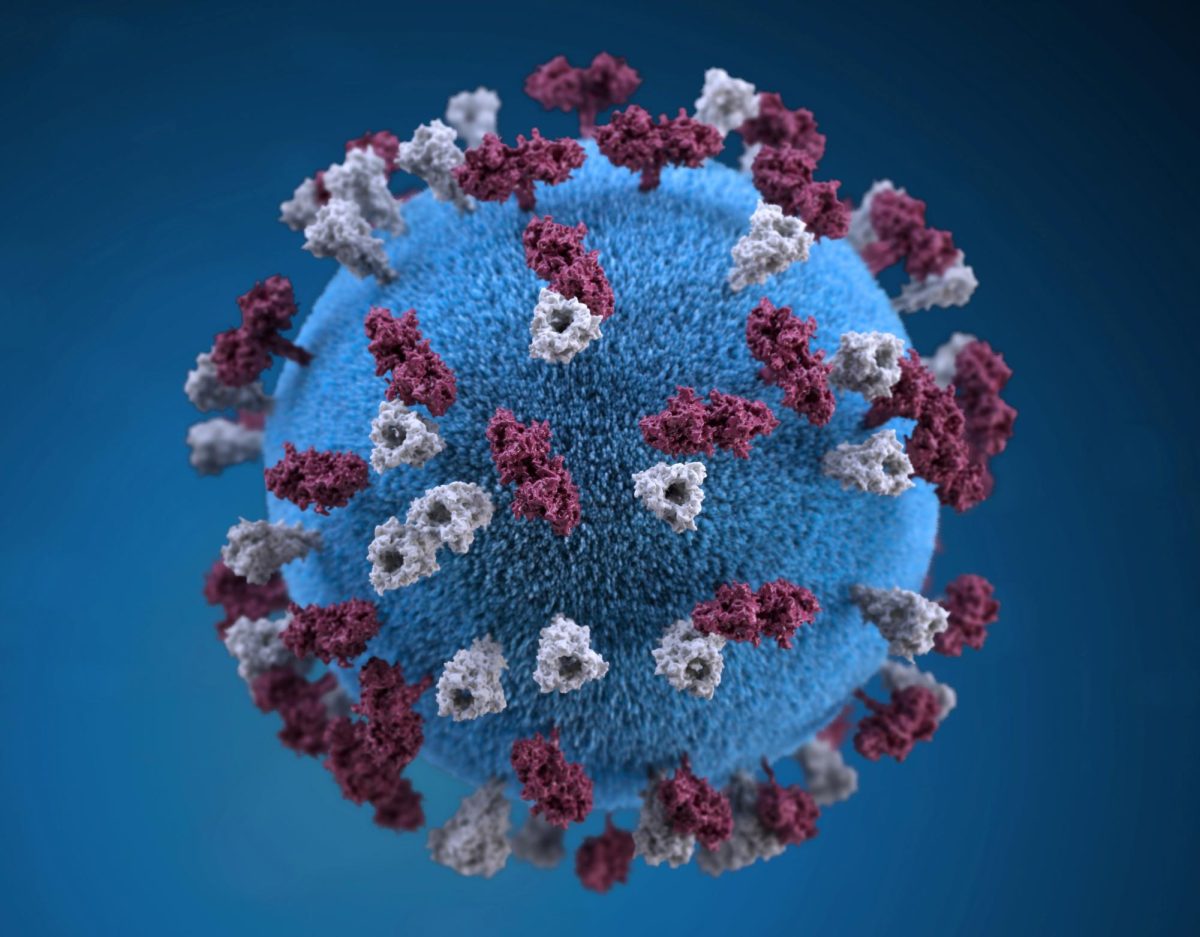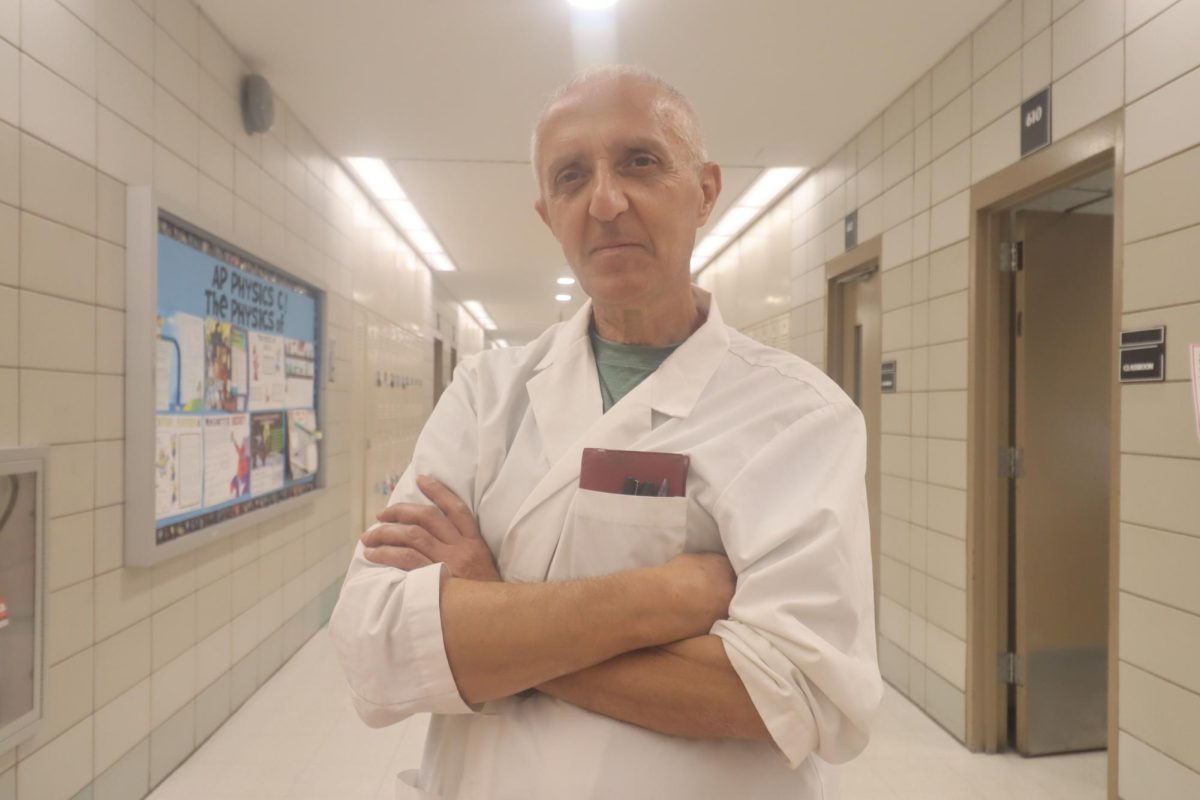
Ever wonder what goes on behind the production of your favorite lip balm or the dye you use to get your hair to be the perfect color? Probably some shea butter, antioxidants, and a couple thousand screaming animals wincing in pain as they have chemicals forced down their throats. Animal testing is a shock for many when they learn about it, but others aware of the practice argue that it is a necessary evil. It’s evil alright, but no longer necessary.
The number of animals in the U.S. that are tortured in labs every year is over 100 million. 92% of the experimental drugs that prove to be safe in these animals are not actually effective in human clinical trials. What does this mean? It means we have a couple million animals being poisoned, burned, and killed every year for no reason.
The difference between the physiologies of humans and animals is too great to expect reliable data. Humans and certain animals may share similar genes but they function differently. Vivisection, the practice of experimenting on live animals for science, is not a quid pro quo practice. Many argue that animal testing is a sacrifice we have to make to ensure our health and safety, but those who continue to support animal testing still are very misinformed.
History has already proven that the concept of animal testing is flawed. In the 1950’s thalidomide, a sedative used to help prevent morning sickness for pregnant women, was proven safe for animals. However, over 10,000 children were born with birth defects when it was used by their mothers. In 2006, six young, healthy men took part in a drug trial for a drug that had previously been tested on Macaque monkeys. While the drug did not show any negative effects on the monkeys, the 6 men who partook in the trial suffered organ failures, and one even lost his fingers and toes.
Even in the opposite manner, some products considered safe for humans proved dangerous to animals.Commonly used drugs, such as the antibiotic penicillin, were shown to be toxic to guinea pigs and useless to rabbits but later helpful in treating humans. Even aspirin couldn’t be extrapolated due to the harm it caused rats. In essence, it doesn’t help to know how well a medication worked on animals; your accuracy would be better if you tried flipping a coin a few times.
Dr. Francis Collin, Director of the National Institutes of Health stated: “The use of animal models for therapeutic development and target validation is time consuming, costly, and may not accurately predict efficacy in humans.” To put it simply, taxpayer money is being wasted on useless research. Billions of dollars have been spent to cure mice that have cancer but yet we are nowhere close to a cure for humans. In an age where technology is the basis of science, it’s disheartening to see that we are stuck with this obsolete practice of animal testing.
Recently, researchers at Newcastle University in the UK developed a better way to test drugs and cosmetics. Skimune, the new technique, grows and replicates skin tissues and cells taken from human donors in a lab. It may offer a more accurate and cheap way to test products, and could even save a couple billion animals. But even without this breakthrough the cosmetic industry shouldn’t need to continue animal testing. There are thousands of ingredients they can use that have already been proven safe.
As a human being it’s impossible not to feel compassion for the millions of animals that die for our selfish needs. Both in regards to ethics and scientific efficiency, animal testing is unjust and a waste of our time.


